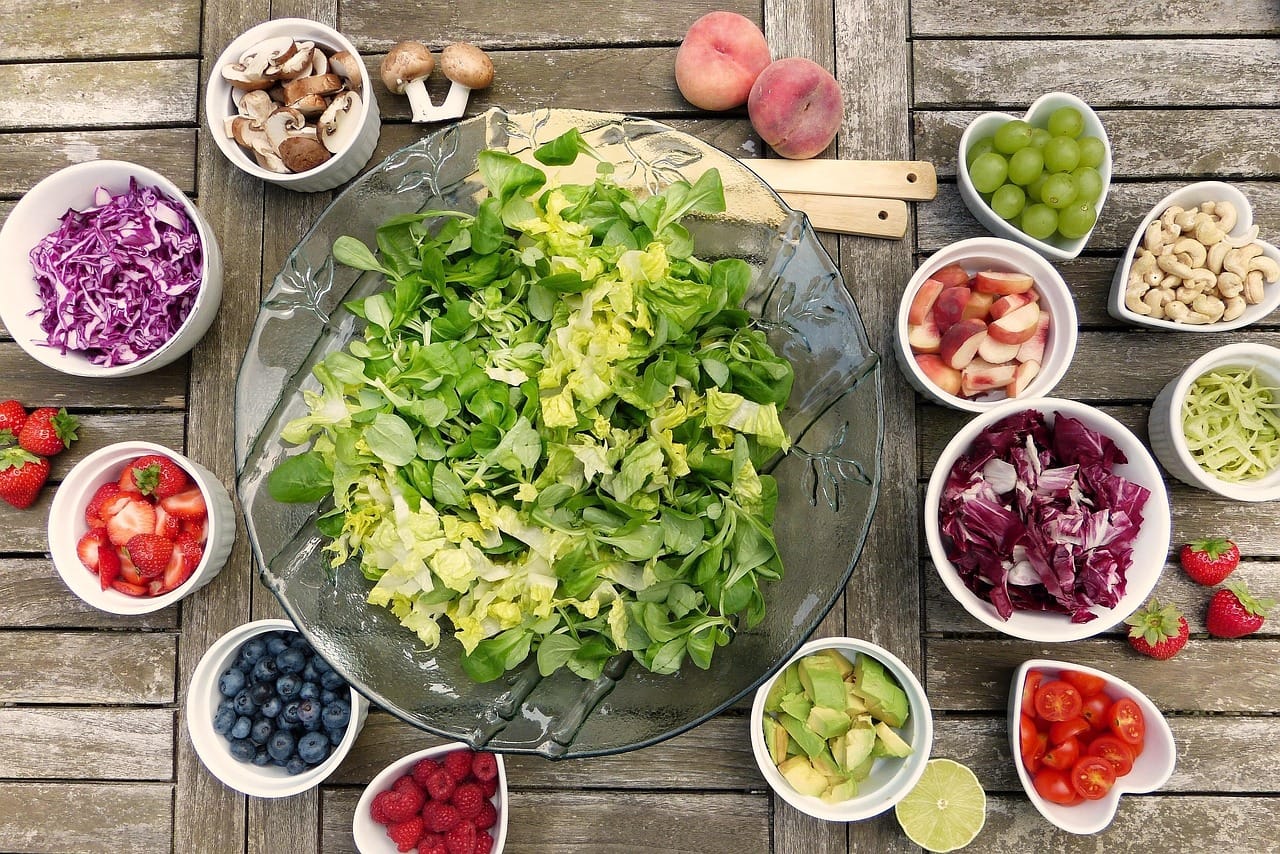Whip up a vibrant and satisfying meal with a vegetable frittata! This Italian-inspired egg bake is a versatile dish perfect for breakfast, brunch, lunch, or even a light dinner. Packed with colorful vegetables and protein, a frittata is a delicious and healthy way to use up leftover veggies, reduce food waste, and enjoy a customizable culinary experience. Get ready to explore the world of frittatas and discover how easy it is to create your own masterpiece!
What is a Frittata?
Defining the Dish
A frittata is essentially an Italian omelet that’s cooked slowly on the stovetop and then finished in the oven. Unlike a traditional omelet, which is folded around a filling, a frittata has its fillings mixed directly into the egg mixture. This makes it incredibly easy to customize and perfect for using up leftover ingredients.
- Key Differences from an Omelet: Frittatas are typically thicker than omelets and cooked at a lower temperature for a longer period. The oven-finishing ensures that the entire frittata is cooked through.
- Variations: While the basic principle remains the same, frittatas can be adapted to suit various dietary needs and preferences. Dairy-free, vegetarian, and even vegan versions are readily achievable.
Why Choose a Frittata?
Frittatas offer a multitude of benefits, making them a smart choice for any home cook.
- Nutritious: Rich in protein from the eggs and packed with vitamins and minerals from the vegetables.
- Versatile: Can be adapted to use almost any combination of vegetables, cheeses, and herbs.
- Budget-Friendly: An excellent way to use up leftover vegetables and ingredients.
- Meal Prep Friendly: Frittatas can be made ahead of time and enjoyed cold or reheated, making them perfect for meal prepping. They also travel well, perfect for lunchboxes.
- Easy to Customize: Easily adaptable to different dietary needs and preferences, such as gluten-free, vegetarian, or dairy-free.
Selecting Your Vegetables
The Importance of Fresh, Seasonal Produce
The beauty of a vegetable frittata lies in the freshness and quality of the ingredients. Opt for seasonal vegetables for the best flavor and nutritional value.
- Spring: Asparagus, spinach, peas, new potatoes.
- Summer: Zucchini, bell peppers, tomatoes, corn, eggplant.
- Autumn: Butternut squash, mushrooms, kale, Brussels sprouts.
- Winter: Root vegetables like carrots, parsnips, and sweet potatoes.
Vegetable Preparation Techniques
How you prepare your vegetables significantly impacts the final texture and flavor of your frittata.
- Pre-Cooking: Some vegetables, like potatoes, broccoli, and mushrooms, require pre-cooking to ensure they are tender and cooked through. Sautéing, roasting, or steaming are all excellent options.
- Dicing and Sizing: Aim for uniform pieces to ensure even cooking. Smaller pieces generally cook faster.
- Examples: Sauté diced onions and garlic before adding other vegetables. Roast cubed butternut squash until tender before incorporating it into the frittata.
Crafting the Perfect Egg Mixture
The Foundation of Flavor and Texture
The egg mixture is the glue that holds the frittata together. Getting the ratio right is crucial for a light and fluffy result.
- Eggs to Dairy Ratio: A general rule of thumb is 6 large eggs to ¼ cup of dairy (milk, cream, or half-and-half). Adjust the amount of dairy based on your preference. Adding more dairy will result in a softer, richer frittata.
- Seasoning is Key: Don’t be shy with the seasoning! Salt, pepper, and your favorite herbs are essential. Consider adding a pinch of nutmeg or a dash of hot sauce for extra flavor.
- Whisking Technique: Whisk the eggs vigorously until light and frothy. This incorporates air into the mixture, resulting in a lighter and fluffier frittata.
Adding Cheese and Herbs
Cheese and herbs elevate a frittata from simple to sublime.
- Cheese Options: Gruyere, mozzarella, cheddar, Parmesan, feta, and goat cheese are all excellent choices. Experiment with different combinations to find your favorites.
- Herb Selection: Fresh herbs like basil, parsley, chives, thyme, and oregano add brightness and complexity. Add them towards the end of cooking to preserve their flavor.
- Example: A combination of goat cheese, sun-dried tomatoes, and fresh basil creates a delicious Mediterranean-inspired frittata.
Cooking Techniques and Tips
Stovetop and Oven Method
The traditional frittata cooking method involves a combination of stovetop and oven cooking.
Alternative Cooking Methods
While the stovetop-to-oven method is classic, there are other ways to cook a frittata.
- Oven-Only Method: You can bake the frittata entirely in the oven at 350°F (175°C) for 30-40 minutes. This method requires more time but is still effective.
- Slow Cooker Method: Frittatas can be cooked in a slow cooker for a hands-off approach. Line the slow cooker with parchment paper and cook on low for 2-3 hours.
Avoiding Common Mistakes
- Overcooking: Overcooked frittatas can be dry and rubbery. Keep a close eye on the frittata while it’s baking and remove it from the oven as soon as it’s set.
- Uneven Cooking: Ensure that the vegetables are evenly distributed and that the skillet is evenly heated on the stovetop to prevent uneven cooking.
- Using Too Much Dairy: Too much dairy can make the frittata soggy. Stick to the recommended ratio of eggs to dairy.
Serving and Storage
Serving Suggestions
Frittatas are incredibly versatile and can be served in a variety of ways.
- Hot or Cold: Frittatas are delicious both hot and cold. Serve immediately after cooking or refrigerate for later.
- Accompaniments: Serve with a side salad, crusty bread, or a dollop of sour cream or Greek yogurt.
- Presentation: Cut the frittata into wedges for serving. Garnish with fresh herbs or a sprinkle of Parmesan cheese.
Storage and Reheating
- Storage: Store leftover frittata in an airtight container in the refrigerator for up to 3-4 days.
- Reheating: Reheat in the microwave, oven, or in a skillet over medium heat.
Conclusion
The vegetable frittata is more than just an egg dish; it’s a canvas for culinary creativity. By understanding the fundamentals of vegetable selection, egg mixture preparation, and cooking techniques, you can create a delicious and nutritious meal that’s perfect for any occasion. So, gather your favorite vegetables, experiment with different flavors, and enjoy the versatility and simplicity of this Italian classic. Embrace the frittata and elevate your cooking repertoire!




